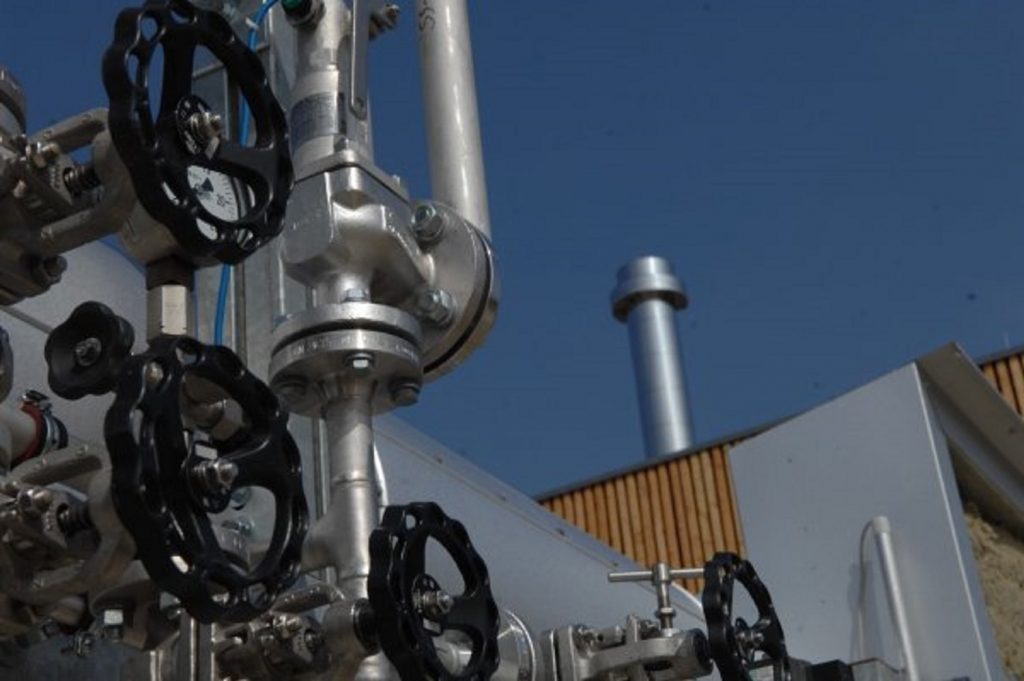
The full text of the study (in pre-print status) can be accessed via GeotIS portal of LIAG.
The study was done in the context of the target to generate 10 TWh of thermal energy from medium-depth and deep geothermal energy resources by 2023. To this end, the assessment was done by 18 experts. Another goal of the study is to provide political recommendations for action with targeted funding measures.
Additional measures that can accelerate the utilization of deep geothermal energy are the rapid provision of data by the authorities, the promotion of the operation of heat pumps, the availability of 2D and 3D seismics, the provision of application-oriented research funding, and the establishment of municipal funding systems.
“With our study, we were able to derive a technology forecast based on very different expert assessments from the geothermal industry,” explains Prof. Dr. Inga Moeck, head of the research area geothermal and information systems at LIAG and professor at the University of Göttingen. “Thanks to the cross-impact analysis, instruments for promoting geothermal expansion can now be specifically checked and, if necessary, adjusted.”
A study by LIAG in 2018 already highlighted the important role that geothermal energy could play in the transition of the heating sector of Germany. Another LIAG study in 2022 stated that could be a supply gap in the heating market in Germany without a drastic expansion of near-surface, medium-deep, and deep geothermal energy by 2045. Moreover, Prof. Dr. Moeck said that using already established technologies can be enough for geothermal to cover 42% of the country’s space heating and hot water needs.